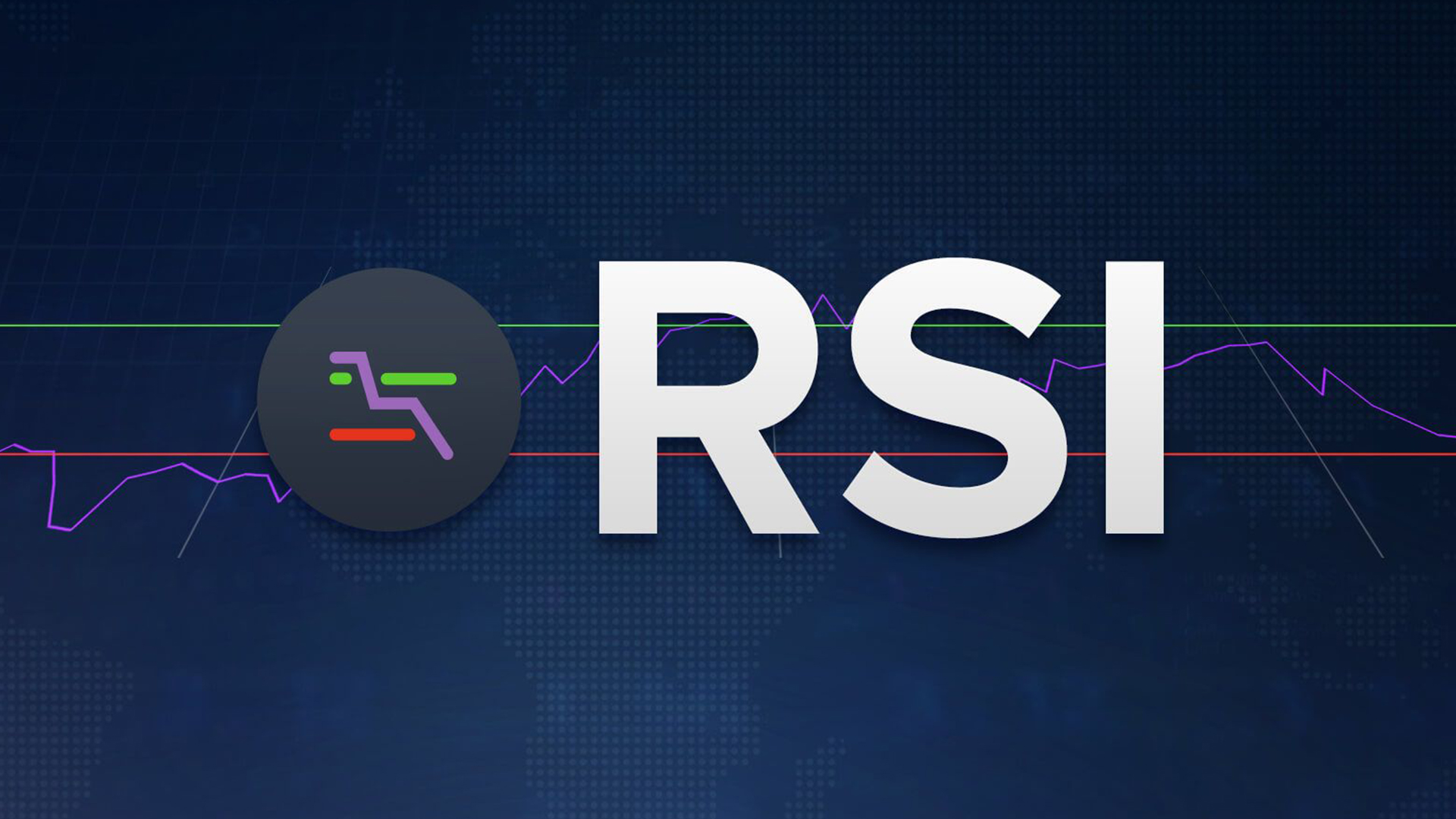What Is RSI Indicator?

What Is RSI Indicator?
The Relative Strength Index (RSI) is a popular momentum oscillator that measures the speed and change of price movements. It was developed by J. Welles Wilder in 1978 and has since become a fundamental tool in technical analysis. The RSI indicator provides insights into overbought or oversold conditions in the market, helping traders gauge potential reversals.
How Does the RSI Indicator Work?
At its core, the RSI indicator formula calculates the ratio of average price increases to average price decreases over a specified period, typically 14 days. The result is then plotted on a scale from 0 to 100. Here’s a simplified breakdown:
- RSI = 100 – (100 / (1 + (Average of 14 periods’ up closes / Average of 14 periods’ down closes)))
The RSI meaning stems from its values:
- A value of 70 or above indicates that an asset may be overbought.
- A value of 30 or below suggests it may be oversold.
The RSI, or Relative Strength Index, might sound complex at first, but it’s a trader’s best friend once you get the hang of it. Dreamt up by J. Welles Wilder back in 1978, it’s like a window into market moods, showing if a stock might be flying too high or sinking too low.
The RSI’s Inner Workings
Peel back the layers, and the RSI is all about measuring price swings. It zeros in on the average ups and downs over a typical span of 14 days. Think of it like a scale from 0 to 100, where anything over 70 screams “overbought,” and anything under 30 whispers “oversold.”
Decoding the RSI’s Secrets
Getting the hang of the RSI isn’t just about numbers; it’s about reading between the lines. For instance, if the asset price is climbing Everest but the RSI feels more like a gentle hill, you might be seeing a waning momentum—a bearish hint.
Putting the RSI Indicator to Work in Your Trading Game Plan
Let’s be real; trading can be tricky. It’s a bit like navigating a ship through stormy seas. You need the right tools and a good compass. The RSI indicator is that compass for many traders, signaling when waters might be getting too choppy (overbought conditions) or when smoother sailing awaits (oversold conditions). And guess what? Today, as we’re stepping into the digital age, traders are jazzing things up a bit. They’re pairing traditional tools like RSI with modern methods to analyze crypto with AI. It’s like giving your compass a tech upgrade. This combo means traders can get clearer signals, make sharper turns, and hopefully avoid those trading icebergs! So, why not embrace the best of both worlds? Combining old-school wisdom with new-age tech might just be the secret sauce for trading success.

RSI in the Day-to-Day Trading World
In the vast galaxy of technical analysis, RSI shines its light bright. Whether standing solo or mingling with other indicators, it can be the compass pointing to the ideal buy or sell shores. And for those dipping their toes into the crypto universe, blending AI insights with RSI could be a game-changer, refining those trading decisions.
Divergence: The RSI’s Tell-Tale Heartbeat
Ever noticed the RSI playing opposites with price movements? That’s divergence for you. It’s like a tug of war between price and momentum, and it often flags potential trend shifts.
Harnessing the RSI in Your Trade Gameplan
The beauty of the RSI? It plays nice with multiple trading strategies. Whether it’s catching the right crypto wave with AI’s help or setting the stage for your next big move, the RSI has got your back.
The Not-So-Fine Print of RSI
No tool is perfect, and the RSI is no exception. It might occasionally miss a beat in hyper-volatile markets or get stuck in overdrive during hefty trends. The trick? Don’t put all your trading eggs in the RSI basket.
RSI’s Companions: Other Trading Aces
For a full-bodied analysis, savvy traders often pair the RSI with other toolkits. It’s like pairing a good wine with cheese – enhancing the experience and refining predictions.
Forvest’s RSI Offering: A Smooth Experience
Platforms like Forvest aren’t just about numbers; they’re about experience. The platform smoothly rolls out the RSI red carpet, letting traders dance around charts, dabble in crypto with AI, and sharpen their strategies.
Conclusion
Navigating the tumultuous waves of the trading world requires more than just intuition; it demands tools that have withstood the test of time, and the RSI certainly fits that bill. Born from the mind of J. Welles Wilder in the late ’70s, it has evolved into an indispensable compass, guiding traders through market moods and subtle shifts. When harmoniously paired with emerging technologies like AI, especially in platforms such as Forvest, the RSI becomes more than just a metric; it transforms into a storyteller, narrating the tales of market ebbs and flows. As traders, it’s up to us to not only hear these tales but to interpret them wisely, crafting strategies that resonate with our goals and the market’s ever-evolving song. Whether you’re a seasoned trader or just starting out, always remember: in the orchestra of trading, the RSI plays a pivotal tune. Listen closely, and may your trades always hit the right notes.
Rating of this post
Rate
If you enjoyed this article, please rate it.



